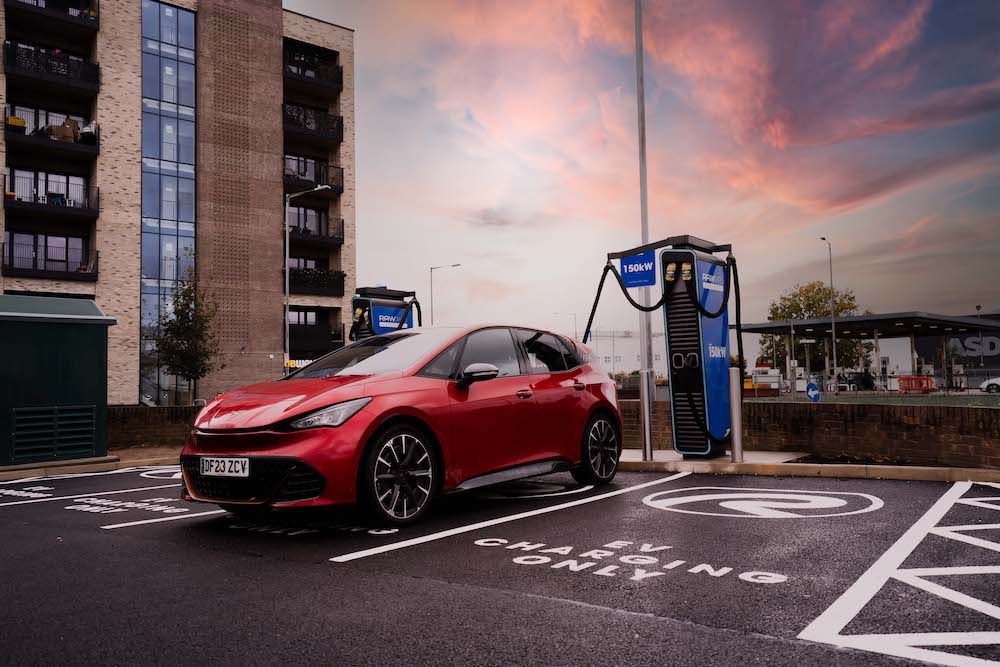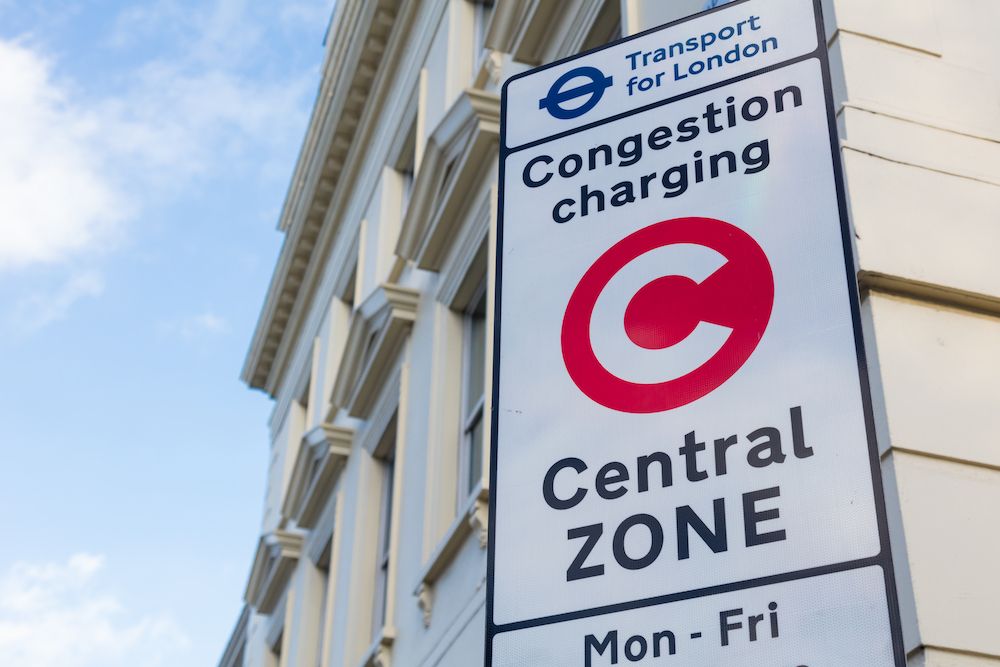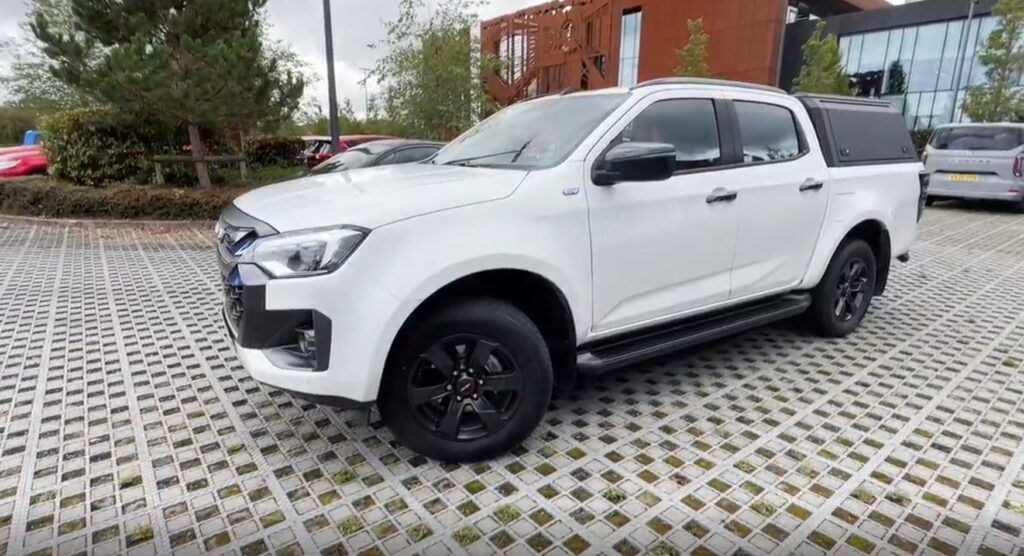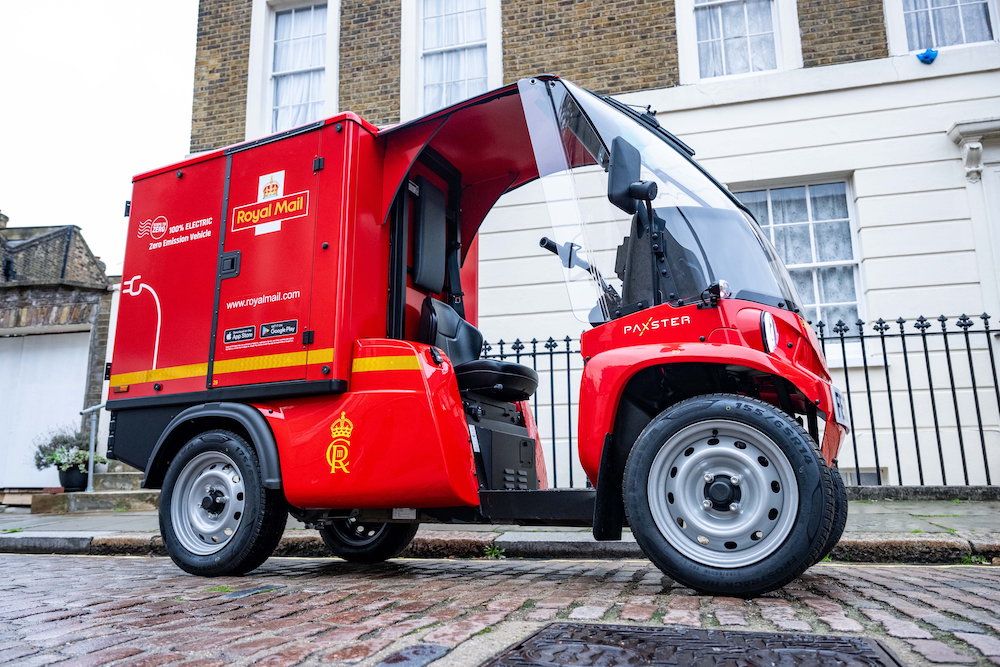Liam Mifsud, Programme Manager at Silver Power Systems, discusses how fleet managers can deliver a successful transition plan from ICE vehicles to EVs.
The EV market is growing in the UK with more Brits buying an EV last year than in the previous five years combined, according to the SMMT. That figure will only increase as the nation prepares for the 2030 ban on new petrol and diesel vehicle sales.
Electric vehicles offer a substantially cheaper total cost of ownership (TCO) than their ICE counterparts over the length of their lives, especially in high-use instances like fleets, where fuel savings grow exponentially. As a result, forward-thinking fleet managers will be thinking about the best ways to electrify their fleets.
But what is the best strategy for this and where and when does one start? For a process that has no blue print it can seem like an intimidating task, but there are some rules to keep in mind.
Have a starting point
The first stage is to gain a thorough understanding of your present fleet’s financials. Knowing your entire outgoing and incoming costs for each month over the last year, as well as your capital cost per car, will help you calculate an average.
This will serve as a standard against which you can track costs in the future. Look at your existing data and mileage before investing extensively in EVs for your fleet to understand what ranges you need to cover and then investigate the best EVs for the job.
Form strategic partnerships
Fleet EVs need public chargers and vice versa and so forming a strategic partnership with a charge point operator can be beneficial in helping secure fleet-wide discounts and simplifying the charging process for your drivers.
British Gas for example has recently partnered with Osprey Charging to help accelerate the electrification of its fleets. The partnership provides British Gas engineers with direct access to Osprey’s nationwide network of over 300 rapid charging stations throughout the UK, creating a simple driver experience and centralised fleet billing to support British Gas’ electric fleet operations.
Get to grips with EV battery analytics
Telematics is a crucial tool with an electrified fleet, giving you access to data to see how the vehicle is being driven and charged. At Silver Power Systems we provide fleets with a cloud-based energy monitoring platform called EV-OPS.
This gives fleet managers access to battery data in real time to understand charging utilisation, vehicle efficiencies and gain insights that they can act on to improve the performance and life of the battery. This is important because the battery is by far the most valuable part of an EV and its state of health is directly linked to the vehicle’s value.
When tailored to the needs of electric vehicles, battery analytics can allow fleet operators to monitor the state of charge of hundreds of vehicles in real time, plan routes for high intensity use or long distances, and see costs and operational efficiencies in real time, including the impact on total cost of the ownership of the vehicles.
Check in with your local electricity distribution company
This one is more relevant for the larger fleets out there. If your fleet has many vehicles in it, most of which will be charged at your depot, then it could be worth reaching out to your local electricity distribution company to understand the potential costs of any grid infrastructure upgrade that may be required. If these costs are high, it may be cheaper to relocate your depot closer to somewhere near a reliable grid connection.
Have a phased approach
By switching a few vehicles at a time within your fleet to hybrids or EVs you can gradually unearth and adapt to the challenges you encounter.
EVs are predicted to approach price parity with ICE vehicles between 2025 and 2027, (with some types substantially sooner) and so that is a good time for you to aim to have your electrification transition well underway by.
If your fleet is based or near a ULEZ zone, then there are benefits to starting sooner rather than later because the charging infrastructure will be better in that area and you can immediately start makings savings by avoiding the costs that come with using ICE vehicles in these zones.








